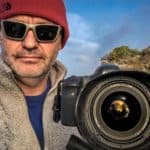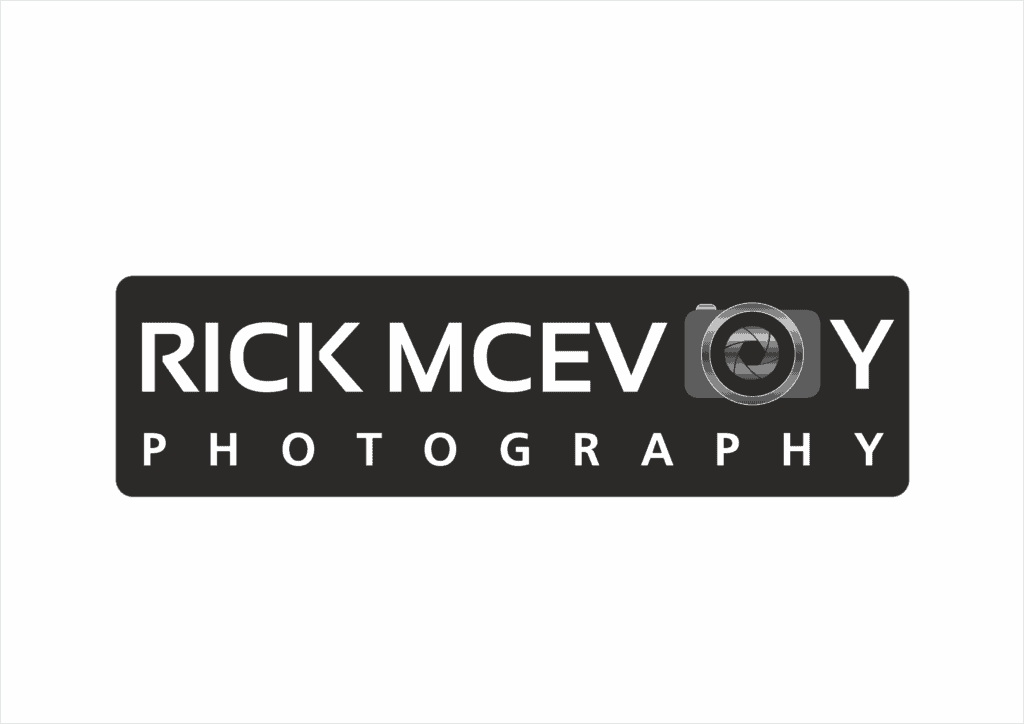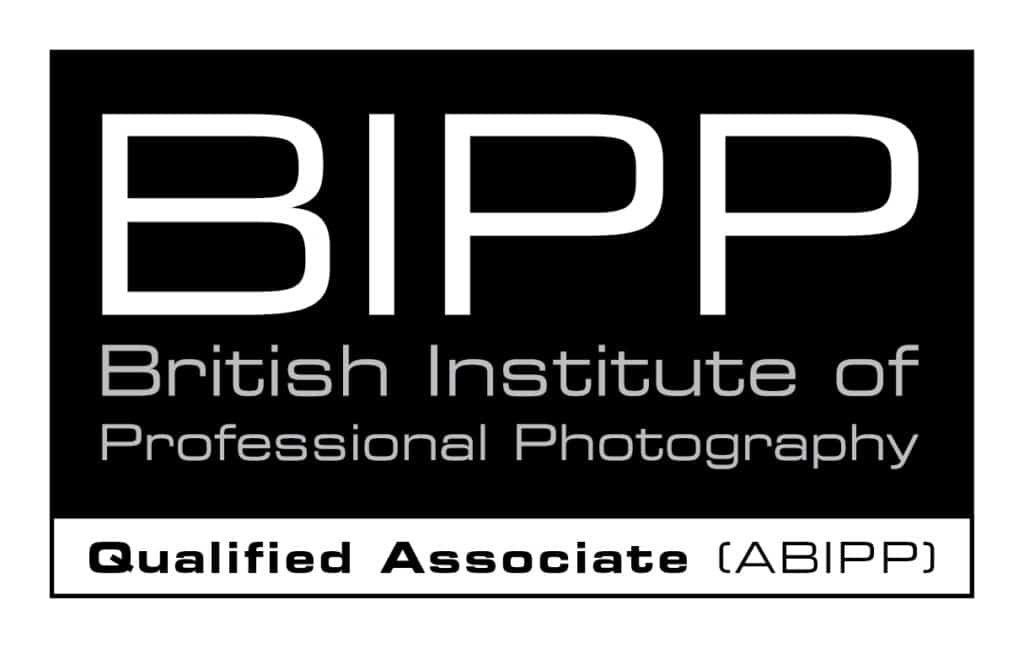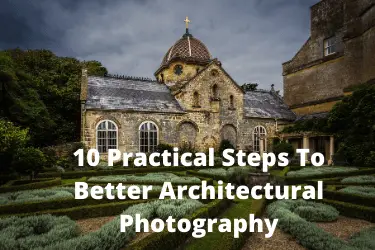I love my architectural photography, and am enjoying getting back to writing about it.
The 10 practical steps to better architectural photography are these
- Survey the scene
- Put you camera on a tripod
- Choose your composition carefully
- Use the rule of thirds
- Look at the light
- Level Up
- And now for the verticals
- Nail the exposure
- Focus
- Take the shot
Who am I?
I am an architectural photographer based in the UK. I have been taking photos of buildings for donkeys years. I am also an all round good egg and serial photography blogger, website creator and podcaster.
1 Survey the scene
When I get to a location, be it on a commercial shoot, personal work or even when I am on holiday, the first thing I do is look.
I do not get my camera out. I walk around, and have a good look.
Why do I do this? Well I want to take in what I am looking at, see what is going on and see what takes my interest. I also want to see what is going on with the light, which takes me some time.
I like studying a scene and taking everything in.
Only when I know what I am going to photograph do I get my camera out of my bag.
2 Put your camera on a tripod
When I get my camera out it goes straight onto my tripod. I find that I take much better photos with my camera on a tripod.
I spend more time looking, framing, and composing, and less time taking photos and choosing the best one in Lightroom.
Whilst taking less photos the ones that I take are better, both technically and compositionally. More on that in a moment.
Because my camera is on a tripod I get tack sharp images every time, as the camera is on a stable base and rock solid.
I will write about the gear that I use in another post.
3 Choose your composition carefully
This is where I take my time. I use both the camera viewfinder and the LCD screen, going from one to the other until I am happy.
Now the LCD screen on the Canon 6D is not the best – well it is a quite old camera after all.
This is why I use a Loupe to help me. The one that I use you can’t get anymore, but the equivalent is the Hoodman Loupe.
Like I say the Loupe I use has been discontinued but helps me. I want to get the best composition I can with every shot, and if I can get what I want taking one photo I am incredibly happy.
I tend to use the Loupe to get the composition, and the go in close with the viewfinder to get exactly what I want.
I am checking what is in, and what is not in, the composition. And also how the elements in the frame relate.
This is the most important thing – getting the composition correct.
4 Use the rule of thirds
I nearly forgot to say – I use the rule of thirds for most of my architectural photography – well this just makes sense and is perfectly suited to architectural photography.
I have a focussing screen on my Canon 6D which gives the rule of thirds grid which helps me massively.
What is the rule of thirds?
Well you divide the viewfinder into thirds vertically and horizontally which gives four interesting points.
I frame my compositions using these lines to help, which also help getting things straight and level. I do not restrict myself to the four corners of the building being on the intersecting points, but use them as a guide to help make the building sit naturally in the frame.
5 Look at the light
What is the light doing? When you move around does the light change the composition and feel of an image. How do the shadows change in the composition?
Where is the sun and how does it fit in with the composition?
Where are lights and darks, the highlights, and the shadows.
Getting the relationship between the shadows and the highlights can massively improve a photo, giving depth and body to a composition.
How does the light affect the materials of the building, the textures, and the colours?
Is the light changing? Do we need to introduce more light? Not that I ever do this!
6 Level Up
Particularly important. Get the camera level. On the Canon 6D it has a clever thing that helps me. I am not sure what it is called, as it has a fancy name I think like accelerometer or something.
I will call it the level.
Basically I change the LCD screen data, and get a horizontal line on the LCD screen. It starts off red, and when I get the camera level it goes green.
Sweet.
This is so important in architectural photography – getting the camera level first. And there is a vey good reason for this.
If you get the verticals correct first you will probably change them when you get the levels sorted, this needs to be done in a logical way.
And for architectural photography it is absolutely essential that the building is level.
7 And now for the verticals
OK we have our building level. Now for the verticals.
I will always try to get them bang on. The Canon 6D does not have a tool that helps me with this, so I have to use my eyes, which is fine.
I have a focussing screen which gives me the rule of thirds – I mentioned it earlier. This gives me two vertical lines which I use to get the building vertical.
And it is much easier to do this with the building level – do one and then the other.
Sometimes I cannot get the verticals 100% correct, normally due to space restrictions – if this is the case I have to leave enough room around the edges for adjustment in Lightroom.
More on that in another post.
8 Nail the exposure
OK – we have the composition sorted and the building true vertically and horizontally.
Let’s get the exposure correct.
I use HDR on all my architectural images. What is this?
Well the camera takes three photos, one the correct exposure, one photo two stops overexposed (lighter) and one photo two stops underexposed (darker).
I merge these in Lightroom to get a single RAW file with more data than I would get with a single image capture.
Now search the internet and you will find a million reasons why I should not be doing this. But I do not agree. All I am doing is getting the best image capture that I can using the tools that I have.
In terms of selecting the exposure, I use these settings.
Aperture F8
ISO100
Shutter – selected by the camera
You can find out more about the camera settings that I use in this post – 13 Essential Camera Settings For Architectural Photography.
The HDR merged image looks completely natural – well it is completely natural – give this a go if you have never tried it – it is truly awesome.
I have to choose where I take the exposure from, which I use by moving the white box on the LCD screen to what looks like an average part of the image in terms of brightness.
9 Focus
I use back button focus – more on that in the post I mentioned earlier. I have to select where the camera focusses, which is generally 1/3rd into the composition. I am using 17mm, which is a very wide focal length, and the aperture is F8, so I am getting pretty good depth of field.
If I need more depth of field, if for example there is something close to the camera, then I change to F16.
10 Take the shot
All done – lets take a great photo. I have taken the exposure, and I have then focussed where I want to.
If the light changes not a problem as the camera will select the correct shutter speed.
I gently press the shutter release, which starts the 10 second self-timer built into the camera.
I do this so the camera is completely still when the photos are taken – if you press the shutter release there is a risk of movement, albeit slight, which can affect the sharpness of an image. This is something built into the camera that only takes another 10 seconds to get a completely tack sharp photo so well worth the effort.
All done!
A word on the gear
I will write a separate post about the gear that I use, which is pretty minimal these days.
I normally use the following
- Canon 6D
- Canon 17-40mm lens
- Manfrotto 190 Go Tripod
- Manfrotto X Pro Geared Head
- Three Legged Thing Universal L Bracket
- Loupe Viewer
- Lastolite Grey card
- The camera Self timer
- Lee Big Stopper ND filter
- Peak Design Everyday Backpack
And a few things to keep me going
- Hats and gloves
- Coffee
- Sunglasses
Less is more
A word on gear.
The loupe viewer that I use cost me about £25 on Amazon about 5 years ago, and still works simply fine. I don’t buy gear these days unless it helps me, and I only buy new stuff when the old stuff does not serve my needs. Or is life expired.
I am still using a Canon 6D which is a fantastic camera.
Concentrate on taking photos and not on the gear.
Related reading
Well there is lots of this.
Check out this post, which I mentioned earlier.
13 Essential Camera Settings For Architectural Photography
And there are a couple of pages where I list lots of my architectural and construction photography work.
And
Related viewing
I have a video recorded to accompany this blog post, which you can watch here on my You Tube channel.
And there is my Photography Explained Podcast!
I nearly forgot – how could I? I have a podcast called Photography Explained where I explain lots of stuff like this – check it out and let me know what you think.
I explain one photographic thing per episode in plain English in less than 10 minutes without the irrelevant detail.
Snappy eh!
Any questions get in touch via my website. It would be great to hear from you.
Cheers from me Rick



